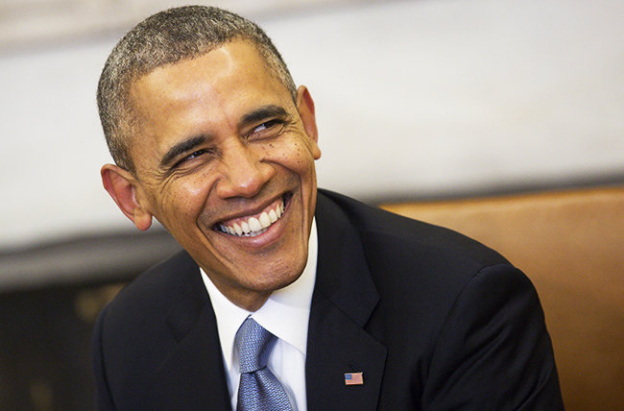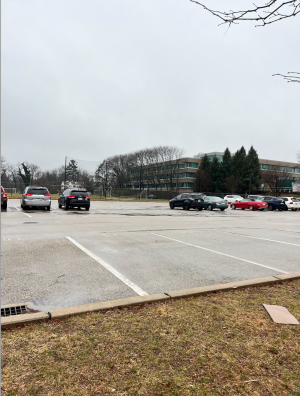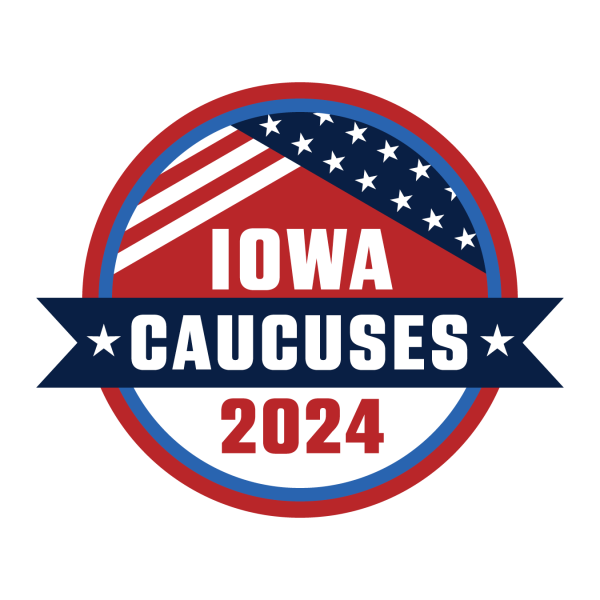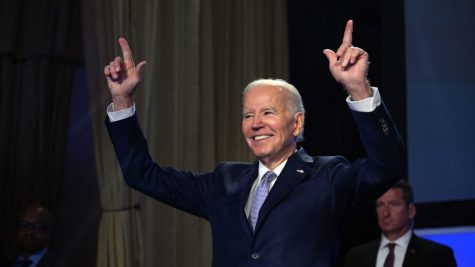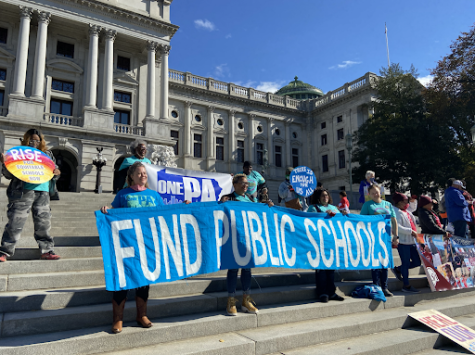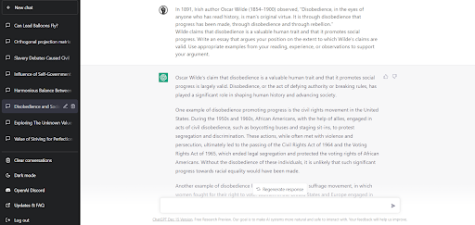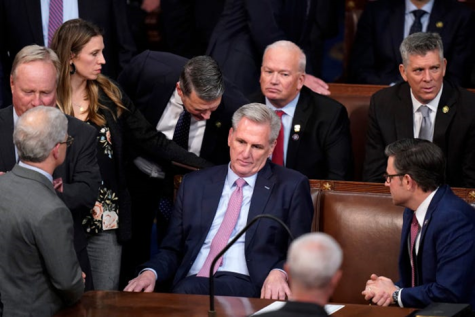Barack Obama’s Presidency in Review
December 12, 2016
As President Barack Obama finishes his term in office until Donald Trump’s inauguration, it is time to reflect on his two terms and the changes he brought.
Barack Obama began his political career as a State Senator in Illinois, serving from 1997-2008. On February 10th, 2007, he announced his presidential candidacy. The platform of his candidacy ran on ending the Iraq War, transitioning to self sufficient energy, and reforming healthcare. Obama’s main competitor on the primary race was Hillary Clinton. She dropped from the race by the summer of 08’, and Obama became the Democratic nominee. Obama beat the republican nominee John McCain, earning 365 votes in the electoral college, and winning 52.9% of the popular vote.
One of Obama’s first successful executive orders as President was the plans to withdraw troops from the war with Iraq. He ended the restoration of Reagan’s Mexico City Policy, which prevented monetary aid to programs which aided abortion internationally. He appointed two women in the Supreme Court, Sonia Sotomayor, and Elena Kagan. Sotomayor became the first Hispanic in Supreme Court. The president proposed in September of 2009 new regulations on oil refineries, power plants, and factories in order to limit greenhouse gas emissions. One of his few vetoes came in February of 2015, when the Keystone XL Pipeline was denied authorization from Obama after he stated that he would not support it if it negatively affected the environment.
Furthermore, The Affordable Care Act, also known as “Obamacare” was one of the most polarizing of Barack Obama’s time in office. Enacted in March of 2010, this act became the most significant change of the United States Healthcare system in over 40 years. This decreased the prices of healthcare nationwide, and required health insurance companies to accept all applicants and charge the same rates, regardless of gender or pre-existing health conditions. This greatly decreased the number of people in the United States without Health Care, from a reported 16% to 9% from 2010 to 2016. Unemployment within the United States has dropped from 10.1% in October of 2009 to 4.9% in early 2016. 10 million jobs have been added to private sector over the course of 2009 to 2014. In 2009, the Federal Deficit, also known as the National Debt, was 1.4 trillion dollars, and has decreased to 587 billion dollars by 2016. American soldier counts in war zones is at it’s lowest since 2002.
The election of Trump will no doubt bring a huge change to the country’s economic and foreign policy. While some are rejoicing over the change and want to see a new system in the American government, others are worried of his extreme policies that greatly contradict that of Obama’s.

